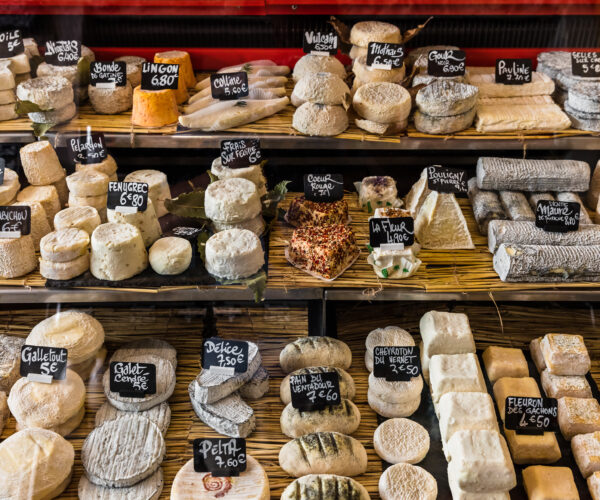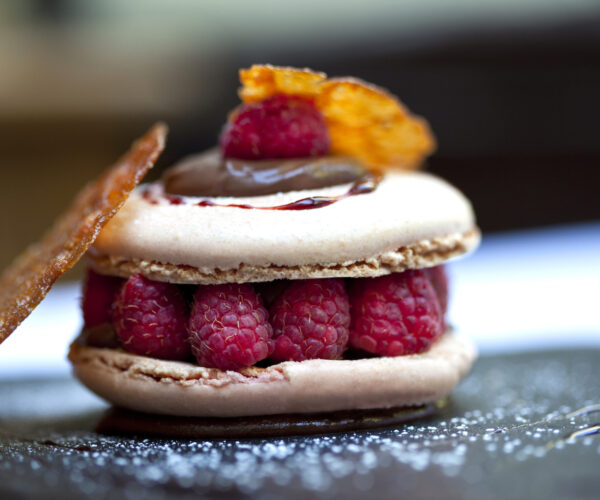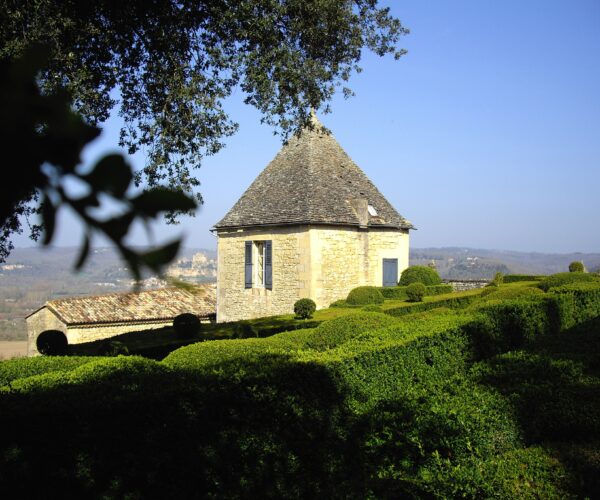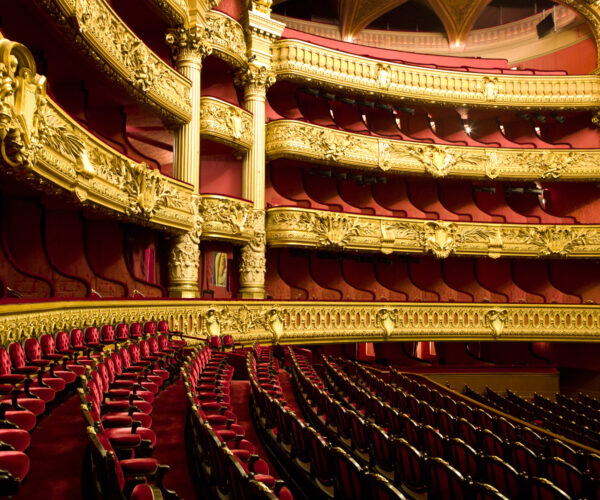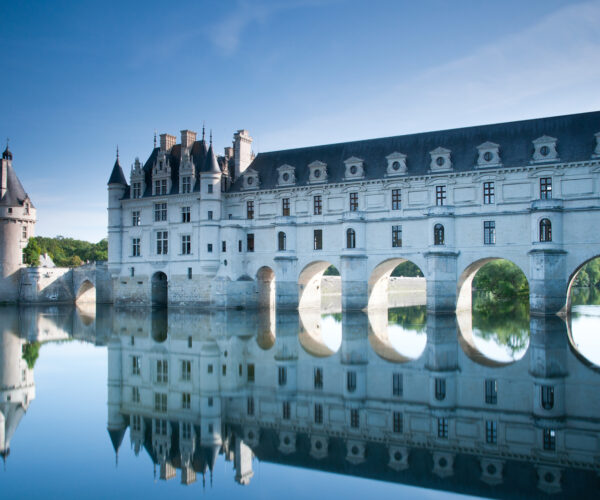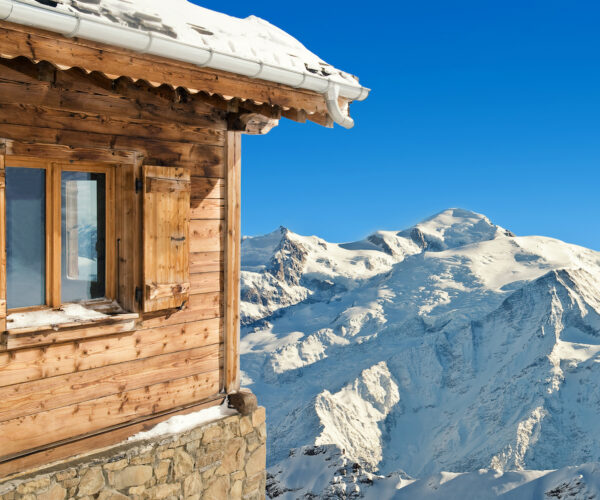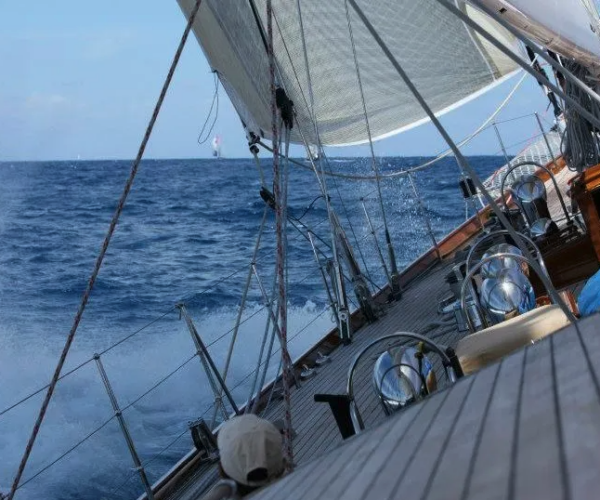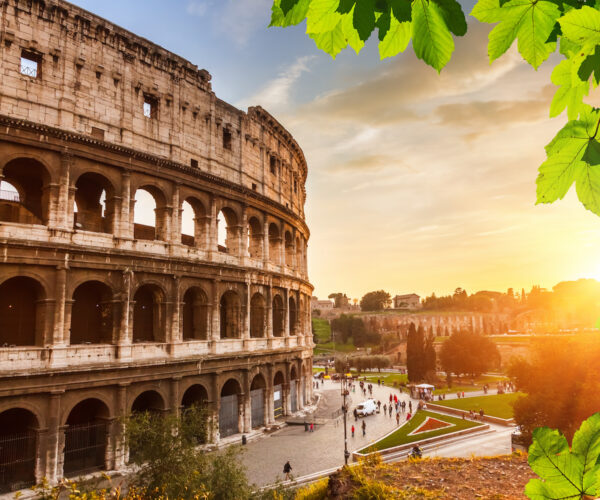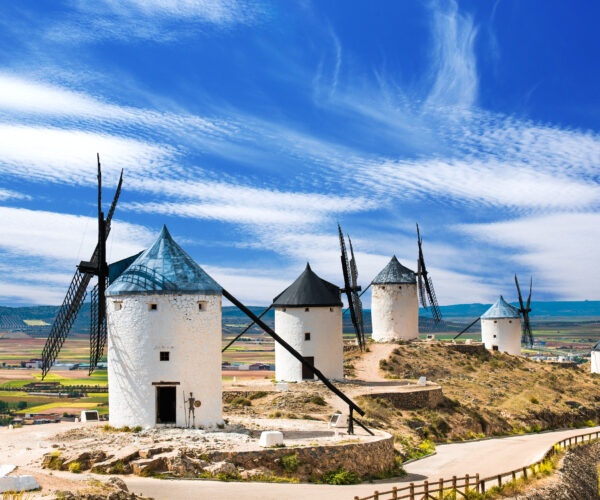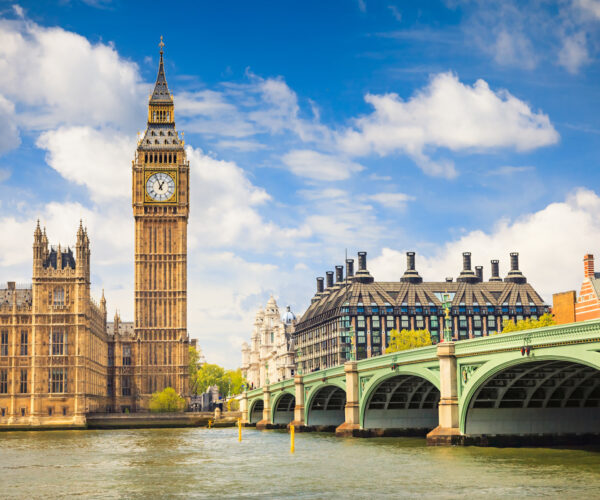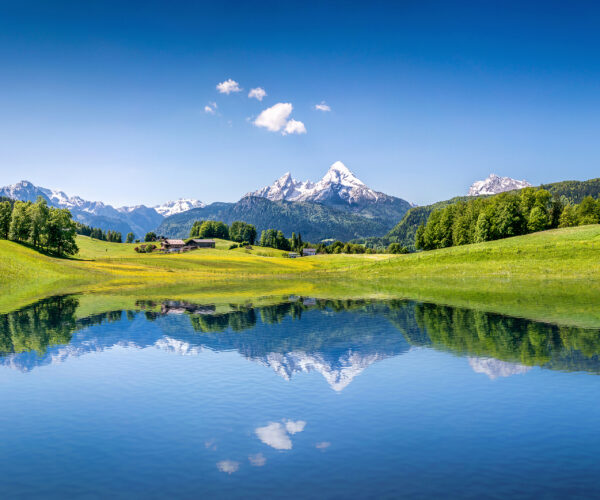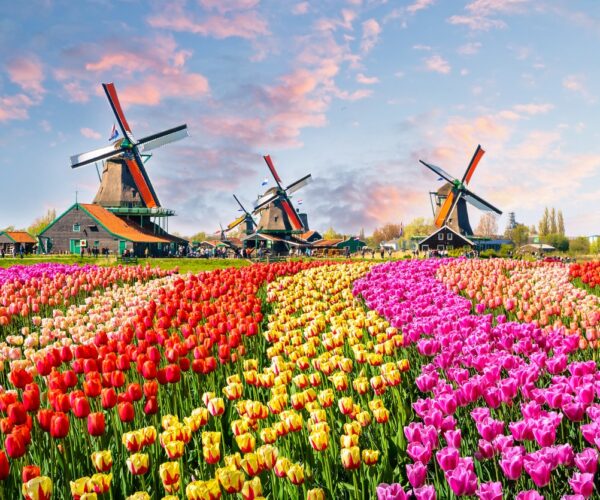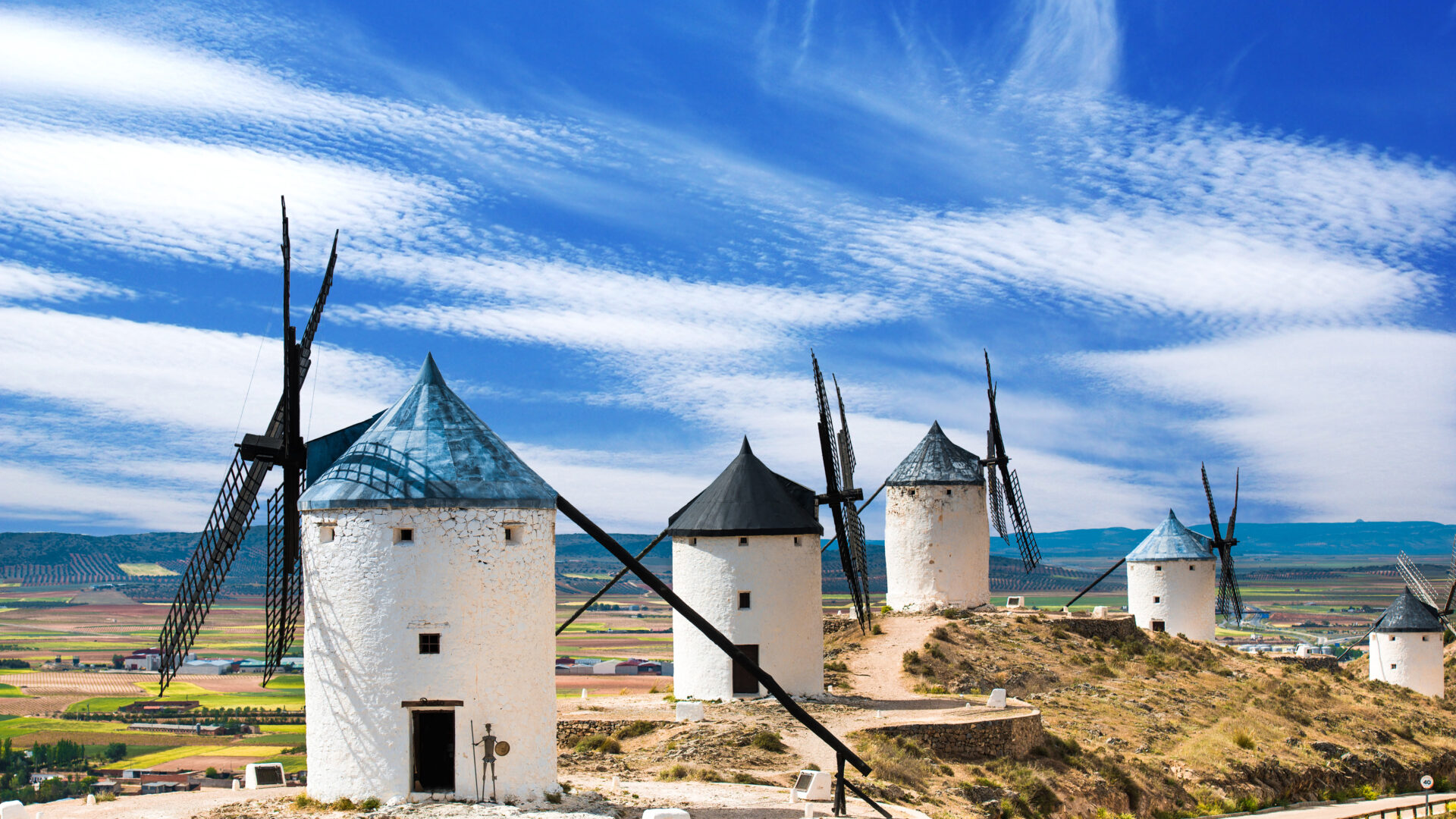
Spain
Luxury travel
to Spain
You travelled a long way to France, where your dream holiday awaits you, every detail curated and organized by the Académie des Arts de Vivre (AAV). After coming so far, why not spend a few more days and travel a little further south?
A short two hours’ flight from Paris or a few hours’ drive from the Bordeaux wine region, and you will be in Spain, where your luxury vacation continues with another ambiance and another culture to discover.
Tailor my trip5 things you don’t know
about Spain
Spain is a land of generosity. The weather is pleasant most of the year, the land is fertile, and the people are warm and welcoming. Despite two world wars, the tragic civil war, Franco’s regime, and more recent real estate fiasco, Spaniards keep a joie de vivre, a playfulness and joy, and a clear sense of who they are. Which makes Spain such a wonderful place to visit.
Here are a few facts about Spain you might not know:
The oldest city in Europe is in the south of Spain. Cadiz was founded by the Phoenicians in 1100 B.C.
Fun-loving Spain is the European country with the highest number of bars. There is one bar for 1 for each 169 inhabitants.
Spain is also the country with the highest rate of organ donors—and has held that honor for 26 years. Perhaps related to their generous culture?
The national anthem has no official lyrics. Different ruling parties have tried to impose lyrics, but none has stuck.
The stapler was a Franco-Spanish invention. Created for French King Louis XV, the first stapler was actually made in the Basque Country.
Spain travel guide
Where to stay in Spain?
Where you stay is a critical element to your luxury holiday. AAV has taken care to choose only the most select addresses to ensure that you have a unique experience.
Located in the center of Barcelona, a few steps away from the Paseo de Gracia, the historic Barrio Gotico and luxury boutiques, and fashionable restaurants, El Palace hotel offers the finest luxury accommodations in Barcelona. Relax in the Mayan luxury spa or swim in the rooftop swimming pool. El Palace has an incredible rooftop garden with over fifty varieties of plants, featuring a solarium, the pool, jazz and blues concerts and a spectacular panorama of Barcelona.
The Wellington Hotel in Madrid also benefits from a wonderful location just minutes from the Retiro Park and superb shopping. Restaurants include the Michelin starred Kabuki Wellington with a Japanese flair, and, for Basque cuisine, Goizeko Wellington. The rooms and suites are all elegantly decorated. The Luxury Hästens Suite offers a panoramic view of the trendy Salamanca neighborhood. The Wellington Hotel has a spa and the exclusive Wellington Club, open only for certain hotel guests, with amazing views of the city.
The Hotel Maria Cristina in San Sebastian is the jewel of the Bay of Biscay in the Basque country. Designed by the same architect as the Ritz in Paris and Madrid, the hotel’s architecture combined with the exquisite views of the river and sea have made it a favorite among the elite for over a century. The
luxurious rooms and suites are decorated in Belle Epoque or contemporary style. The hotel has a fitness center, two restaurants and the sophisticated Dry Bar where you can enjoy cocktails and a wide variety of traditional Spanish tapas.
In Mallorca, nothing beats the Cap Rocat, the Mediterranean’s most private and secluded resort. Situated on a 30-acre natural reserve with 2 km of private marine coast, the hotel was originally a fortress. Courtyards, streets, secret watchtowers and battlements have been beautifully transformed into elegant rooms and suites, some with private swimming pools. The hotel offers a wellness center with massage, hammam, and indoor swimming pool. For dining, choose between traditional Mediterranean and Majorcan fare at the Sea Club and the avant-garde cuisine at La Fortaleza.
The Palacio Villapanés is an 18th century palace in the heart of Seville. The fifty rooms and suites are all exquisitely decorated, combining historic charm with modern elegance. As befits a Spanish palace, there is a central courtyard, and also the patio de los naranjos (the patio with oranges), and the astonishing patio de las conchas, whose grotto-like fountain is completely covered in seashells. With a rooftop, a wellness center and a gastronomic Andalusian restaurant, the Palacio will give you an unforgettable stay.
Best luxury experiences in Spain
Gaudi’s Barcelona
Architect Antoni Gaudí was a precursor to the art nouveau movement, and Barcelona houses many of his great works: Casa Battlo, Casa Milà, La Pedrera, Torre Bellesguard, Casa Vincens, Güell Palace, and the Park Guëll. An expert guide will take you to see a selection of these homes and public spaces, and of course, to the Sagrada Familia, the amazing, over-the-top cathedral whose construction is ongoing since 1882.
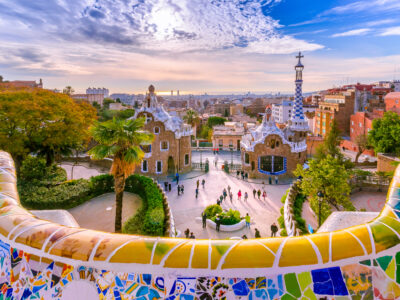
Madrid
Spain’s capital is a treasure chest of culture. A local guide will show you the Prado museum and works by Velazquez, Bosch and Goya. Then, you’ll head to Plaza Mayor, one of the oldest public squares, and just a short walk from the famous Puerta del Sol. You will also visit the Royal Palace and El Retiro Park, where the locals go for a stroll.
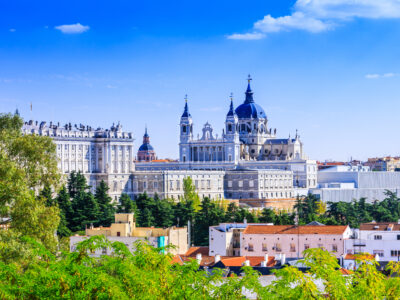
The Basque country
Visit the Guggenheim Museum in Bilbao before setting off to discover the city with the famous Vyzcaya Bridge and the historic center with las siete calles, seven streets. Your local guide will drive you through beautiful countryside with rolling mountains and spectacular coastline to San Sebastian where you will find more Michelin starred restaurants per capita than any other place in the world.
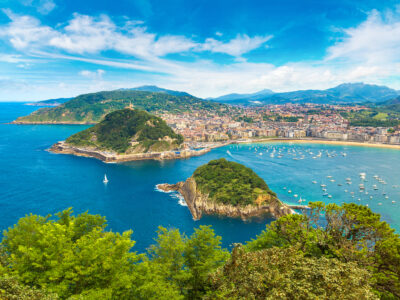
The Balaeric Islands
Each of the Balaeric Islands has its own identity. Ibiza is known for electronic dance music and summer club scene. Formentera, where Joni Mitchel wrote her album Blue, has a sixties feel. Mallorca, a ‘destination’ since antiquity. And Menorca, with crowded beaches to the south and a wilder, lesser known coast to the north. Tour all four islands or have an in-depth visit to just one.
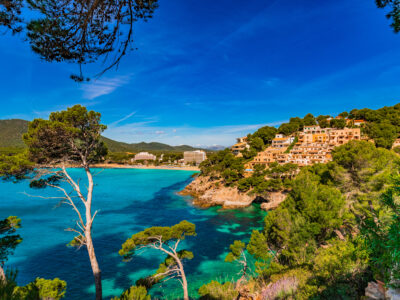
When is the best time to visit Spain?
Sunny, warm, generous and welcoming. There’s never a bad time to visit Spain and there’s always something interesting to see, no matter the season.
Spain in winter:
For northerners, Spain’s winter doesn’t look much like winter. The climate is mild and warm, making it ideal for hiking and road trips. The mountains are much colder, however, so there are ski resorts all along the border with France. Perhaps the height of luxury is skiing in the Sierra Nevadas in the south and going to the beach, all on the same day.
Spain in spring:
Spring is earlier and more dramatic, much like the Spaniards themselves. Try to visit Extremadura and the Valle del Jerte in March. For three weeks, over two million cherry trees blossom, covering the rugged hillsides in beautiful white flowers. Spectacular. At the end of March and early April, the Valley holds the annual Cherry Blossom Festival, featuring local craftsmen, winemakers, gastronomic specialties, and dancing.
Spain in summer:
Summer in Spain is sunny and hot, making its numerous beaches, seaside resorts and islands favorite travel destinations. Many Spaniards, though, head to the mountains, especially for the summer solstice. Villages throughout the Pyrenées celebrate Midsummer with les falles, fire festivals with bonfires, fireworks and also correfocs (fire runs). An ancient ritual which has been declared Intangible Cultural Heritage by UNESCO.
Spain in autumn:
Autumn is one of the best times to visit Spain. There aren’t so many tourists. the weather has cooled yet is still warm for most northerners. In the Balaeric islands, for example, you can swim and play on the beach through October. If you leave the cities, you will discover breathtaking landscapes as the leaves change color.
Travel tips about Spain
Spain really does have it all. Mountains. Beaches. Miles and miles of coastline with gorgeous weather most of the year. A rich cultural heritage, with painters, sculptors, authors, and composers who have changed the world. Explorer Christopher Columbus set sail from Spain, discovering a whole new continent.
Luxury travel in Spain means seeing the main cities and monuments but also having expert guides take you to places which only the locals know. Luxury travel takes you off the beaten path and into the real Spain.
Wining
Spanish wines are just as good as the wines from its neighbor to the north. For white wines, try Penedes, Albariño, Riveira or a Txakolina from the Basque country. For reds, favorites include Rioja Alavesa Tempranillo, Costers del Segre, Rioja, and Ribera del Duero.
and dining
Spain’s cuisine is much more than paella and tapas. Try the Caldereta de llagosta, complete lobster soup, when in Menorca, or the Civet de senglar, wild boar stew in the Pyrenees mountains. In the Basque country, go for a Bacalao al pil-pil, a special cod dish, or Chuletón, a big juicy steak.
Tour the Costa da Morte
Drive along the Costa da Morte, the breathtaking coastline between Malpica and Finisterre, where every turn in the road brings you another gorgeous view. The rugged cliffs and interesting rock formations will surprise you, and the fishing villages will enchant you.
Game of Thrones?
Take a geological tour at Geopark, a natural reserve englobing the coastal towns of Mutriku, Deba and Zumaia. Try to take the boat trip at noon when you can see the mountains in a stunning silhouette. Or watch the sunset from the chapel San Telmo in Zumaia, where an episode Game of Thrones was shot.
Heaven for hikers
The Vall de Boí is so beautiful that it is a UNESCO world heritage site. Take a four-wheel drive taxi to the entrance of the national park, then hike for two or three hours amongst lakes and mountains, reaching 3000 m at the highest point. After lunch, visit the exquisite little village of Durro then dine in the village Boí, watching the mountain skyline as the sun sets.
Plan
your trip
If you wish to schedule a time to speak about the trip you have in mind, please click on the “Tailor my trip” button and fill in our form. We will get back to you very shortly after reception of your request.

